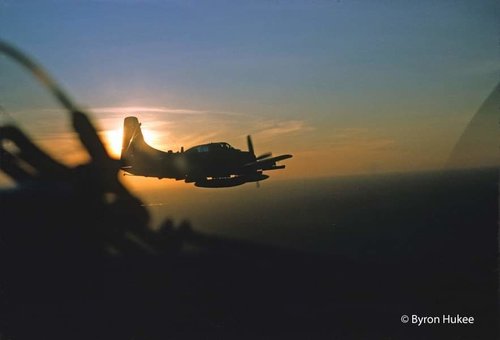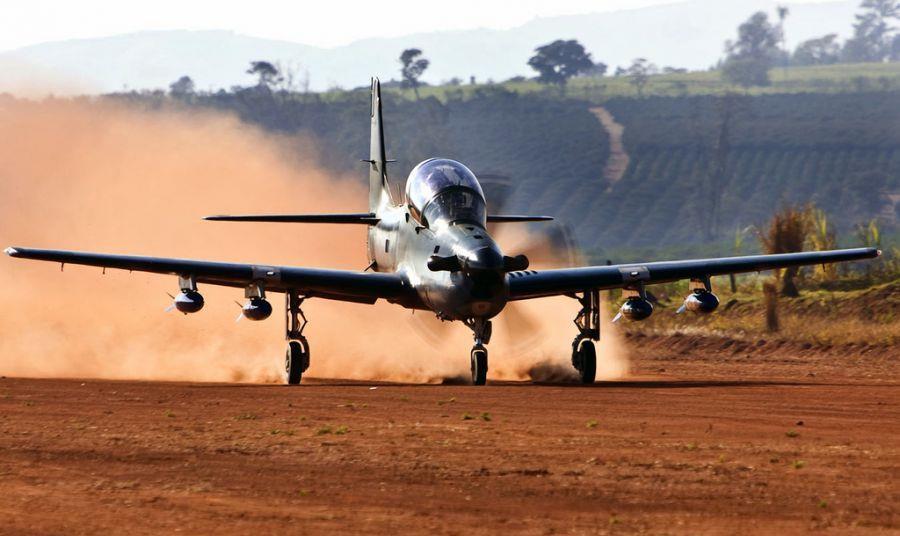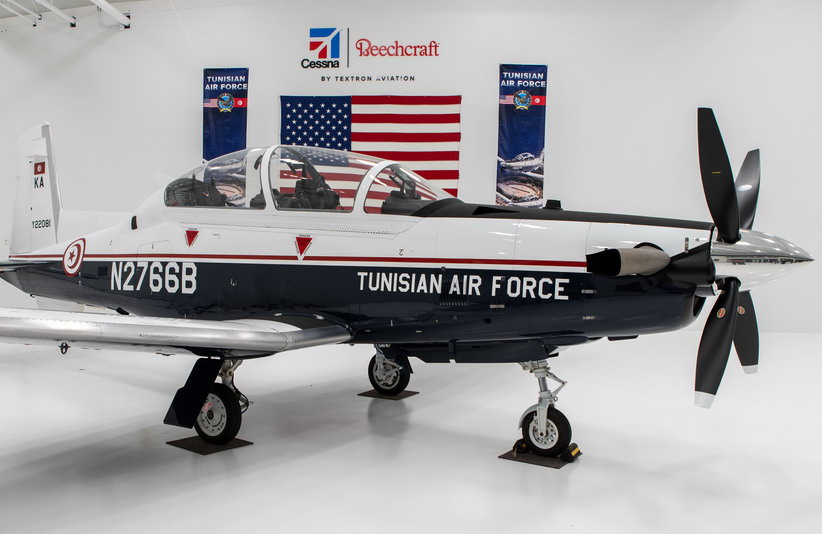But I’d really like to see some actual evidence for statements along the lines that ISIS advances towards Baghdad were somehow specifically facilitated or caused by the differences between manned light CAS and armed drones, rather than a large number of other interconnected factors.
One very good example would be the rather embarrassing admission by the USAF that within 72 hours (some sources claim 48 or even less than 24 hours) of ISIS beginning it's advance on Baghdad, the only CAS assets left to support friendly forces trying to fend it off were precisely four A-10s and two U.S. Army Apache gunships (with the latter unfortunately not being able to contribute that much the defence due to serviceability issues which I will mention further below) and absolutely
zero tactical recon assets. (On the Strategic Reconnaissance side of things there are some indications that Global Hawks had a bad time of it from early on in the campaign though just how bad still hasn't been revealed publically.) The Reaper and Predator drones initially available for deployment against ISIS formations seem to have been for all intents and purposes annihilated. One of the justifications given by the Obama administration to Congress for the Iraq drawdown in the first place was that drones would be easily able to help cover what shortfalls in support of Iraqi government forces might result. Alas, the administration had both badly underestimated ISIS and greatly overestimated the general effectiveness of MALE drones on anything resembling a conventional battlefield. Drones do best in hit and run operations in lightly or non-contested airspace. Otherwise they are best used for surveillance/patrol duties in uncontested or undefended airspace where an enemy doesn't have a clue that they are around. If an enemy has anything in the line of proper battlefield air defence assets, all bets are off. And that's even before we get to the USAF Reaper fleet's reliability (or lack there of).
As to the poor availability of the two Apaches left in place after extremely ill-advised drawdowns, a major cause was apparently fake and/or sub-standard parts (no guesses needed as to where the bulk of those were made), compounded by a shortage of local U.S. Army Aviation maintenance resources left in place. I had thought that some U.S. Army Grey Eagles had been deployed to Iraq prior to ISIS launching it's offensive, but apparently they were mostly still stateside due to even worse serviceability issues (COTS having struck yet again) with a unclear number of examples previously lost both there and in Afghanistan. As of 2017 the Army has been operating the IGE variant, which reportedly still has issues including vulnerability to Electronic Warfare, much as the Predator & Reaper has. The GE-ER variant, which is supposed to solve some more of those problems was still in operational testing as of late 2019.

 www.defensenews.com
www.defensenews.com







